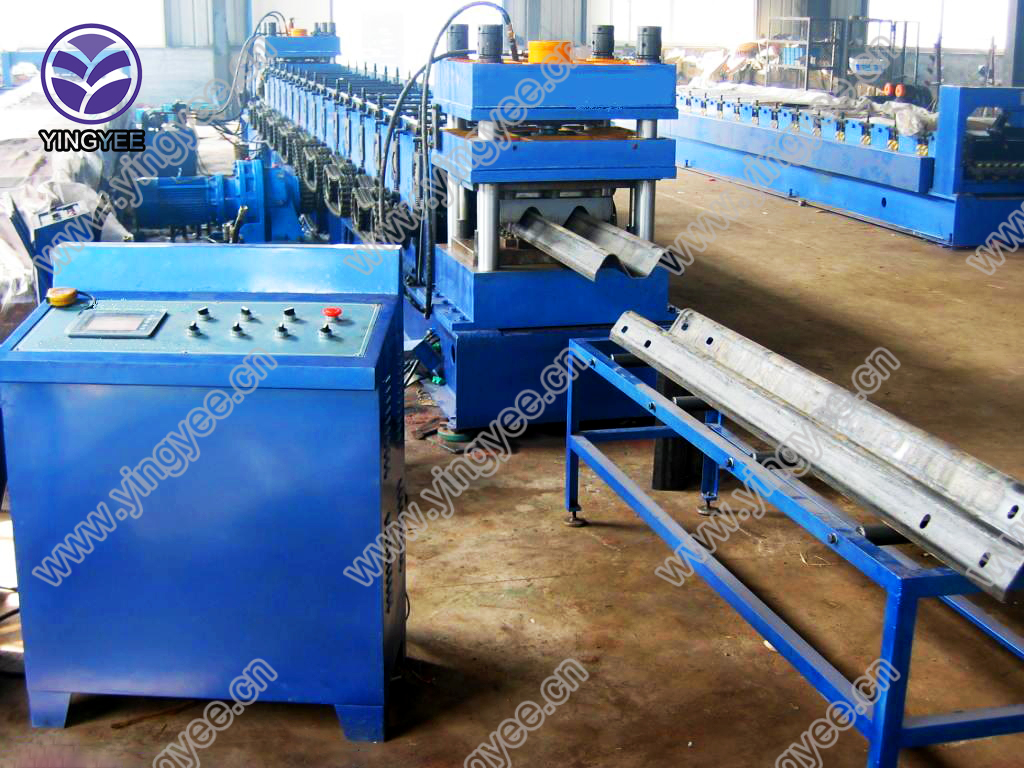
Understanding the Slitting Line A Critical Component in Metal Processing
The slitting line is a highly specialized piece of equipment used in the metal processing industry to cut large coils of metal into narrower strips, or slits, for various applications. This process is crucial not only for optimizing the use of raw materials but also for preparing them for subsequent manufacturing processes. In this article, we will explore the mechanics of a slitting line, its importance in the metal manufacturing sector, and the various applications of the slitted materials.
The Mechanics of a Slitting Line
A typical slitting line comprises several key components, including an uncoiler, a slitting head, tension rolls, and recoiler. The journey begins with the uncoiler, which holds the massive coil of metal, typically steel or aluminum. This coil is unwound and fed into the slitting head, where sharp blades or knives slice through the material to create narrower strips. The slits can vary in width depending on the specific needs of the customer or the application for which the metal is intended.
The precision of the slitting operation is maintained by using tension rolls, which ensure that the material is kept taut as it moves through the line. This tension helps to maintain cut quality and accuracy, reducing the likelihood of defects. Once the strips have been cut, they are wound onto a recoiler, which organizes the slitted metal into manageable coils for transport or further processing.
Importance in Metal Manufacturing
The slitting line plays a vital role in the metal manufacturing process. By converting large coils into narrower strips, manufacturers can optimize the material utilization, reducing waste and lowering costs. This efficiency is significant in industries where raw material costs make up a substantial portion of production expenses.
Moreover, the slitting process allows for greater flexibility in production
. It enables manufacturers to create products tailored to specific customer requirements, ranging from automotive parts to construction materials. As industries evolve, the need for customized solutions grows, and slitting lines provide the necessary adaptability to meet these changing demands.Applications of Slitted Materials

Slitted materials find applications in a wide range of industries. For example, in the automotive sector, slitted steel strips are often used to manufacture components like frames, brackets, and body panels. The precision of the slitting process ensures that the strips meet the strict tolerances required in automotive production, which is critical for both safety and performance.
In the construction industry, slitted metal strips are utilized for applications such as roofing, siding, and structural elements. The durability and strength of metal make it an ideal choice for these applications, and the ability to produce strips of various widths allows builders to customize their materials according to project specifications.
Additionally, slitted strips are essential in the appliance industry, where they are used to make various components in refrigerators, washers, and other machines. The versatility and adaptability of slitting lines make them indispensable for manufacturers across multiple sectors.
Innovations in Slitting Technology
As technology advances, so too does the slitting process. Innovations such as improved blade design, automation, and enhanced control systems have significantly increased the efficiency and precision of slitting lines. Modern slitting lines can operate at higher speeds while maintaining tight tolerances, reducing production times and costs.
Furthermore, automated inspection systems are increasingly integrated into slitting lines, allowing for real-time monitoring of the slitting process. This technology helps manufacturers identify and address issues immediately, enhancing overall quality control.
Conclusion
In summary, the slitting line is a fundamental component in the metal processing industry, enabling manufacturers to convert bulk materials into usable strips with precision and efficiency. The process not only optimizes raw material usage but also allows for customization in a variety of applications, from automotive to construction and beyond. As technology continues to evolve, the capabilities of slitting lines will likely expand, further enhancing their significance in modern metal manufacturing. Understanding and improving these systems remains crucial for maintaining competitive advantage in the evolving landscape of industrial production.